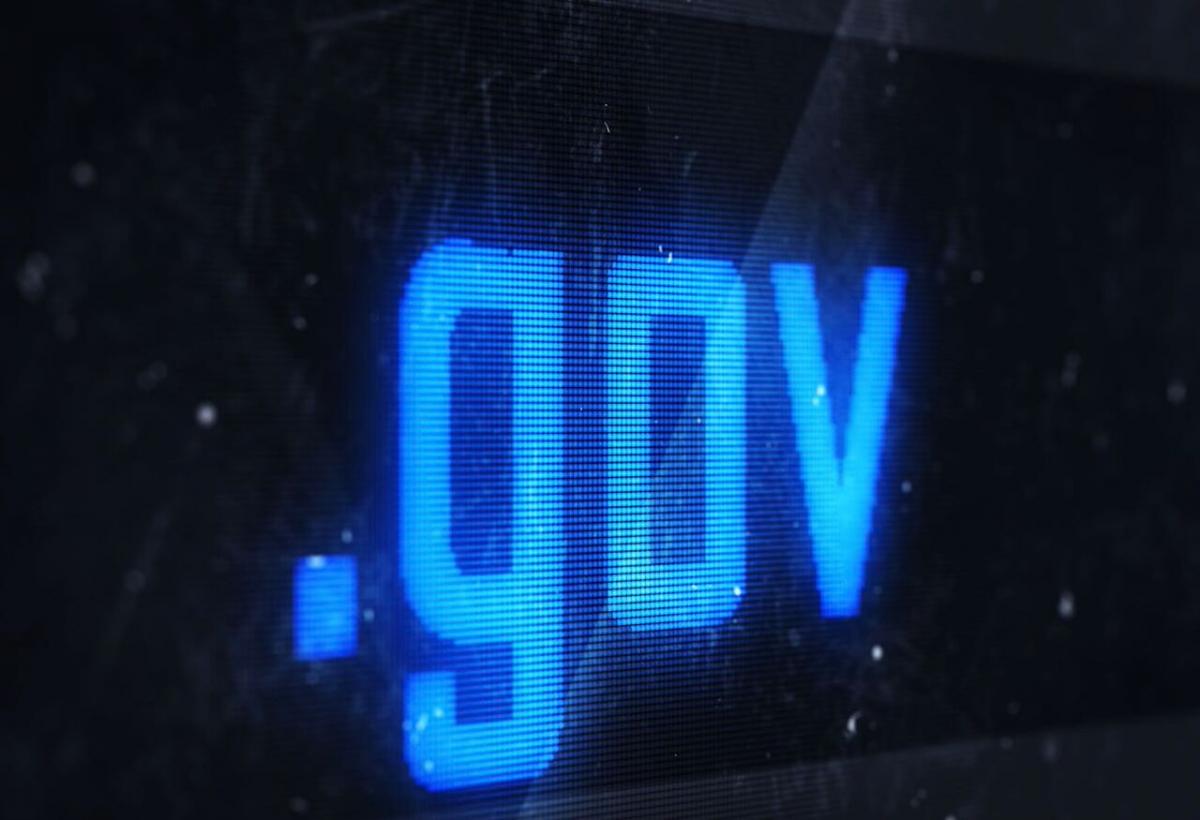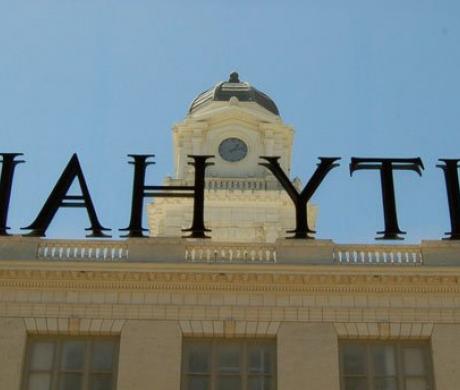Making Campaign Finance and Government More Transparent
Jodi Remke is chair of the Fair Political Practices Commission
and can be reached at executivedirector@fppc.ca.gov.
Editor’s note: The opinions expressed in this article are
solely those of the author and do not reflect League positions or
policy.
California is known and respected for having some of the toughest political ethics and campaign finance laws in the nation. It is also known for its culture of innovation and technological trailblazing. It’s time to merge these proficiencies in the political process. As chair of the Fair Political Practices Commission (FPPC), one of my main priorities is increasing the use of technology to improve transparency and accountability and help renew the public’s faith in government.
It’s no secret that state government needs to modernize its use of technology. Opportunities for increased efficiency and greater transparency abound. It’s up to those of us in government to advocate for such projects and ensure their success. For too long the state’s outdated technology has limited government’s ability to provide the services and information the public deserves.
Government stands to achieve incredible efficiencies by embracing current technology. The knowledge we stand to gain by being able to scrutinize and analyze our data is as important as the time and money we can save. To maximize our capabilities we must move away from the form-driven mindset that has prevailed in state government for so long and move toward the data-driven model of the future.
Opportunities for Improving Access
The State of California houses a treasure trove of extremely valuable information; the problem is extracting and presenting it in a way that is meaningful and readily accessible.
Campaign finance offers a perfect example. California has strict campaign rules requiring candidates and elected officials to disclose almost every single donor of every dollar given to their campaigns. These rules are among the most comprehensive systems in the nation. This fact is impressive, and Californians should be proud. But the average person has no chance of finding or deciphering all of this valuable disclosure information because it is buried in a clunky state database, Cal-Access.
The “power search” feature recently added to Cal-Access clearly improves the existing cumbersome process. Now individuals can more easily see who is giving money to the campaigns in California that matter most to them. This valuable tool gives the public the type of information needed to make informed decisions at the ballot box.
However, as California Secretary of State (and League Past President) Alex Padilla has indicated, this is only a first step. The new search tool does not provide the public with a complete picture. It does not show how campaigns spend money, nor does it reveal how lobbyists are paid to play in the political process. More importantly, while a number of noteworthy campaign and lobbying reform ideas are being discussed, any progress on these proposals is severely restricted by the existing database’s limited capabilities and fragility. Simply stated, the old system is not subject to modification — what you see is what you get. So while the new search tool is a decisive step in the right direction, the fact remains that we need a new statewide database. This project will take time, money and an unwavering commitment to success at the state level, and we need to start moving forward.
Helping Voters Understand the Role of Money in Elections
In the meantime, we must continue seeking alternative ways to increase transparency. The FPPC is focused on using technology to achieve the kind of smart disclosure that is truly meaningful to the public. In 2014 the FPPC launched its Top 10 Contributor Lists, showing top donors to committees primarily formed to support or oppose candidates and ballot measures. When data is presented in a user-friendly format, it’s easy to see who is supporting and opposing the candidates and issues. This information provides important cues to the voters when it matter<p>— IMAGE —</p>
<p>— AUTHOR INFO —<ps most — before the election.
Readily accessible data also helps voters better understand the role money plays in politics today. For example, looking at the data from the Top 10 Contributor Lists for ballot measures reveals that of approximately $206 million spent to support or oppose six ballot measures during the last election, the top donors gave $158 million. This means that 78 donors gave roughly 77 percent of the money contributed to influence the six ballot measures. Government is in a unique position to offer this type of nonpartisan and nonbiased data to inform and engage the public and help build their trust.
The FPPC’s newly developed Candidate Toolkit offers another example of how the commission is using technology to demystify the political process. This online toolkit condenses several instructional manuals into a one-stop shop for would-be candidates and has been well received by local officials praising its simplicity. When campaign laws are drafted in the state Capitol, policy-makers often forget the broad spectrum of public offices that are impacted. To encourage participation at all levels, we need to find ways to assist candidates running for offices, such as the district hospital board, who can’t afford and shouldn’t need to hire professional consultants. The FPPC plans to continue expanding and improving its online educational resources with user-friendly, interactive tools.
In addition to providing the Top 10 Contributor Lists and Candidate Toolkit, the FPPC is bringing other aspects of its operations into the 21st century.
Streamlining the Form 700 Process
Many of you are familiar with Form 700, which public officials must file to disclose their personal financial interests. This form is crucial to transparent government and ensuring that officials are working for the public’s best interests — and not their own financial benefit — when making government decisions.
Today the forms are housed mainly as hard copy in filing cabinets at the FPPC, local city and county clerk’s offices and various other local and state agencies. While the FPPC receives about 25,000 forms at its office, an estimated 500,000 to 800,000 forms remain spread throughout California. The current fragmented process is bad for the FPPC, bad for public officials and bad for the public.
Again, technology is the obvious answer. The FPPC is moving quickly to institute electronic filing for Form 700s filed with its office, a move that will make life easier for everyone involved. On the FPPC’s side, it will free up countless staff hours spent opening mail and reviewing and filing 25,000 forms. For public officials submitting their Form 700s, it will mean no more printing, scanning and emailing PDFs — and fewer erroneous filings. For members of the public, the press and good government groups, it will mean easier access to critically important information.
Making Lobbying More Transparent
The world of lobbying also needs more transparency. The FPPC is exploring ways to require more detailed information than currently reported under the “other payments to influence” category that appears on lobbying forms. This area of lobbying rules and regulations is interpreted very broadly. While citizens and corporations have a right to petition their government, the public is entitled to know who is swaying policy-makers and how much they’re paying to do so. Maintaining the status quo is not an option. Without access to more detailed information on how money is spent, we’re only identifying the big players in politics but not seeing who or what they’re playing with.
Conclusion
Throughout its 40-year history, the FPPC has been a national leader in regulating governmental ethics. Its goal now is to be a leader in increasing transparency and accountability through technology.
To learn more, visit www.fppc.ca.gov.
Photo credits: Dencg/Shutterstock.com (dot gov); David Carillet/Shutterstock.com (voting box); Wk1003mike/Shutterstock.com (padlock)
This article appears in the December 2015 issue of Western
City
Did you like what you read here? Subscribe
to Western City















